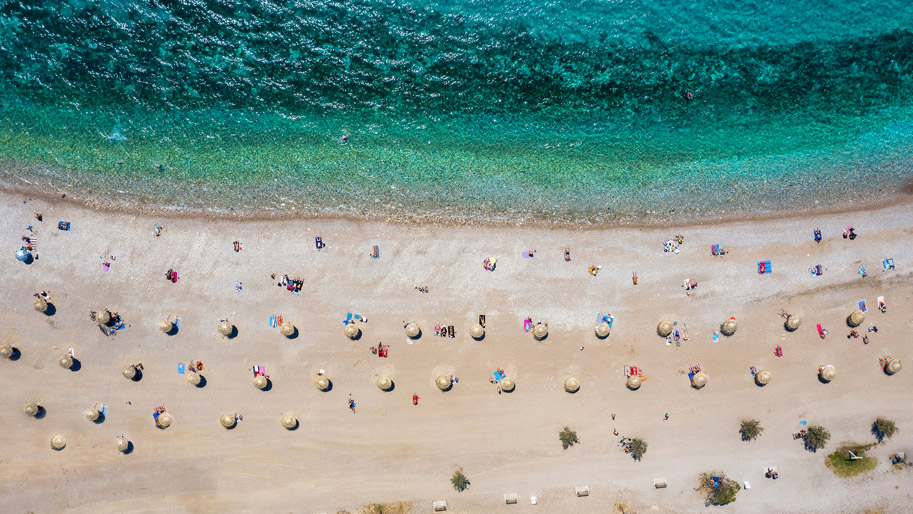Avoiding a Viral Vacation
 © iStock
© iStock
After more than three months at home, people are eager to get back to some semblance of normal life and to enjoy their summers, but experts and data show us we must be cautious when traveling.
The United States continues to set new single-day records for confirmed cases of COVID-19, topping the previous highs from late April. The resurgence is largely concentrated in the southern and western United States, vacation areas popular for their warm temperatures and recreational activities. Many experts further blame Memorial Day celebrations when folks gathered to barbecue, boat, hike and sunbathe.
“If holidaymakers return from a hotspot to their homes all over Germany,” said Helge Braun, Chancellor Angela Merkel’s Chief of Staff in the Frankfurter Allgemeine Sonntagzeitung, “and we’re not able to identify the chains of infection, we would quickly end up in a situation where we would have to implement nationwide measures.”
Luckily, being outside has proven beneficial to limiting the spread of COVID-19. Experts suggest some of the safest places to vacation are beaches, parks and the pool. Masks and social distancing measures are still suggested, however, which may prove difficult on crowded beaches or thin hiking trails. One must also consider the risks associated with the trip itself. Stops at gas stations, supermarkets and restaurants will likely be necessary.
Travelers are urged to check with local authorities in their destination area. Many travel restrictions are still in place across the globe. Until at least July 30, the European Commission has recommended all non-essential travel from outside the E.U. be banned. On July 1 these restrictions are expected to loosen, but a draft of the new guidelines suggests Americans will remain barred from entering. Travelers from the E.U. are still not allowed in the U.S. Travel among Schengen-associated countries is freely allowed, but authorities urge travelers to take precautions.
Within the U.S. itself, confirmed COVID-19 cases vary greatly by region. To see an interactive map of outbreaks, visit the CDC website. In just one example, the state of Maine is requiring outside visitors to have a confirmed negative COVID test less than 72 hours old.
Data and research validate the warnings. In one study lead by Dr. Merle M. Böhmer of Department of Infectious Disease Epidemiology in Bavaria, sixteen new cases of COVID-19 were traced to a single travel-associated primary case by a Chinese national visiting Germany for professional reasons.
Here is a roundup of the best advice we found:
- Check with authorities in your destination area.
- Drive when possible.
- Wear a mask and maintain social distance.
- Consider all the spaces you might come in contact with the virus on your trip.
- Plan ahead. Pack food and water, hand sanitizer and all medicines you might need.
- Get creative! Consider a staycation or local vacation.
Find answers to FAQs on COVID and vacation from the German government and from the Centers for Disease Control.
And in the words of the Bundesregierung campaign from the 1980s: kommen Sie gut an – und ohne Covid19 zurueck!
